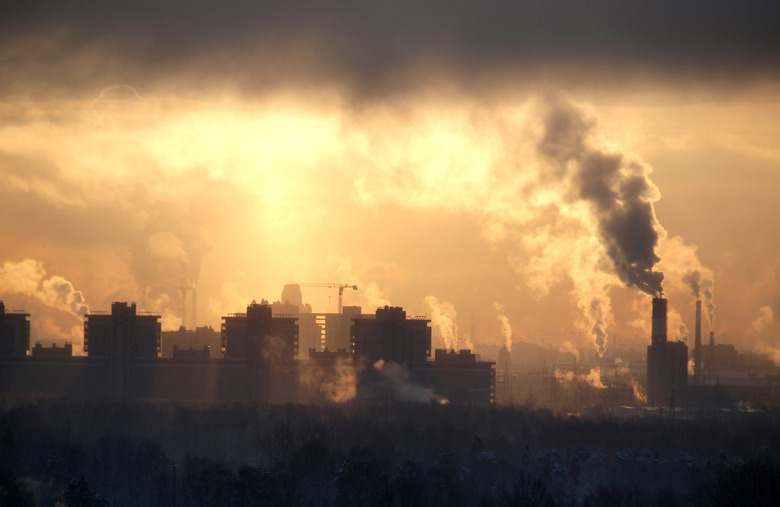Heat-Storing Firebricks Could Save Money And The Environment
Researchers from the Department of Civil and Environmental Engineering at Stanford University have looked back to the past for inspiration in potentially offering a life-saving solution we'll need in the not-too-distant future. That's the use of firebricks, a technology humanity has used since the Bronze Age, to store heat from renewable sources and then release that heat in industrial settings where certain manufacturing processes require high temperatures.
Stanford scientists penned a new paper showing that the firebrick approach would be affordable yet eco-friendly for factories that produce cement, glass, steel, and other high-temperature products.
Rather than burning fossil fuels to achieve the desired temperatures, the factories would store heat much like batteries store energy. The heat would come from renewable sources, like solar and wind, with a few obvious advantages.
Firebricks would allow the factories to run even when there's no direct supply of solar or wind energy, reducing the need to rely on batteries to store energy from the same sources.
Overall, the process would reduce these companies' carbon footprints, allowing them to continue operations in a future where net zero emissions will be a priority for most countries.
The United Nations aims to achieve net zero emissions by 2050, and Stanford scientists think modern firebricks can help. According to the Stanford Report, about 17% of CO2 emissions worldwide come from burning fossil fuels to produce heat for various industries. The data comes from one of the new study's authors' calculations. Firebricks might eliminate those emissions.
As the name suggests, the firebricks can absorb heat when built into an insulated container. They will only release that heat when air is passed through channels placed within the stacks of firebricks.
The researchers explain that the firebricks are made "from the same materials as the insulating bricks that lined primitive kilns and iron-making furnaces thousands of years ago." The only difference is that they'd be optimized for heat storage instead of insulation.
The firebricks would then release the high-temperature heat needed in various industries. Cement needs 1,300 degrees Celsius (nearly 2,400 degrees Fahrenheit). Glass, iron, and steel's temperature requirements are slightly lower at above 1,000 C (about 1,800 F).
The Stanford researchers created a computer model that compared two scenarios for 2050 and beyond. In one scenario, 149 countries responsible for 99.75% of global CO2 emissions from fossil fuels used firebricks to provide 90% of the industrial process heat.
In the other scenario, factories used different means of producing heat from energy coming from renewable sources. These involved electric furnaces, boilers, heat pumps, and batteries.
The researchers found that it would be $1.27 trillion cheaper for the 149 countries to deploy firebrick thermal storage instead of using some form of electricity to produce heat.
The computer models compared costs, land needs, health impacts, and emissions for both scenarios. Since air pollution from fossil fuels causes millions of early deaths each year, firebricks could also help improve overall health by significantly reducing emissions.
The researchers believe their solution can work at the scale they envisioned due to the obvious savings.
"Imagine if we propose an expensive and difficult method of transitioning to renewable electricity – we'd have very few takers. But, if this will save money compared with a previous method, it will be implemented more rapidly," lead study author Mark Z. Jacobson said in a statement.
"What excites me is that the impact is very large, whereas a lot of technologies that I've looked at, they have marginal impacts. Here I can see a substantial benefit at low cost from multiple angles, from helping to reduce air pollution mortality to making it easier to transition the world to clean renewables."
"The difference between firebrick storage and battery storage is that firebricks store heat rather than electricity and are one-tenth the cost of batteries," he said. The materials are much simpler, too. They are basically just the components of dirt."
The full study is available in PNAS Nexus.
